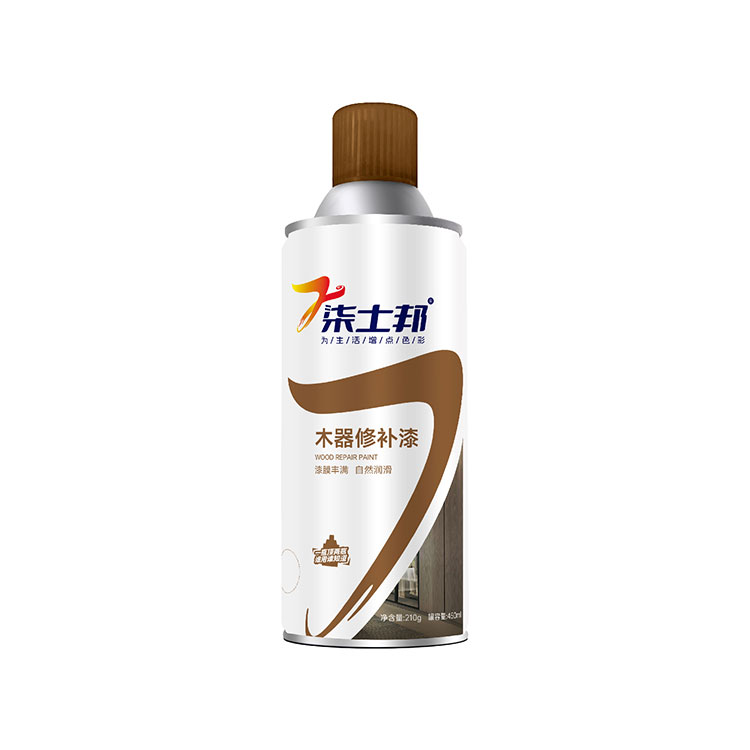How do you spray paint color?
2024-06-18
Spray painting involves several steps to ensure an even and smooth finish. Here’s a detailed guide on how to spray paint color:
Materials Needed:
- Spray paint cans
- Primer (if painting on bare metal or plastic)
- Sandpaper (various grits)
- Painter’s tape
- Drop cloths or newspaper
- Gloves
- Mask (to avoid inhaling fumes)
- Protective eyewear
Steps:

1. Preparation:
- Workspace: Choose a well-ventilated area, preferably outdoors or in a well-ventilated garage. Lay down drop cloths or newspaper to protect the surrounding area from overspray.
- Object: Clean the object thoroughly to remove any dirt, grease, or rust. Sand the surface with fine-grit sandpaper to create a smooth base for the paint to adhere to. Wipe down the surface with a damp cloth to remove dust.
2. Masking:
- Use painter’s tape to cover any areas you don’t want to paint. This could include edges, handles, or specific details on the object.
3. Priming:
- If the object is bare metal, plastic, or wood, apply a coat of primer to help the paint adhere better and to ensure a more even color. Shake the primer can vigorously and apply it in a thin, even coat. Allow it to dry completely as per the instructions on the can.
4. Spraying the Paint:
- Shake the Can: Shake the spray paint can vigorously for about 2-3 minutes to mix the paint thoroughly.
- Test Spray: Test the spray on a piece of scrap material or cardboard to get a feel for the spray pattern and to ensure the nozzle is working correctly.
- First Coat: Hold the can about 8-12 inches away from the object. Spray in a steady, sweeping motion, starting and ending each spray pass off the edge of the object. This helps to prevent drips and uneven coverage. Apply a thin, even coat.
- Drying Time: Allow the first coat to dry completely as per the instructions on the paint can. This is usually around 10-15 minutes for a thin coat.
- Subsequent Coats: Apply additional thin coats, allowing each coat to dry completely before applying the next. It usually takes 2-3 coats to achieve full, even coverage. Avoid spraying too thickly to prevent runs and drips.
5. Finishing:
- Inspection: Once the final coat is dry, inspect the object for any spots that might need a touch-up. Lightly sand any imperfections with fine-grit sandpaper and reapply paint as needed.
- Curing: Allow the paint to cure completely. This could take several hours to a few days depending on the type of paint and the environmental conditions.
6. Cleanup:
- Clean the nozzle of the spray can by turning it upside down and spraying until only clear gas comes out. This prevents clogging for future use.
- Dispose of used cans and materials according to local regulations.
Tips:
- Work in light, even coats rather than trying to cover everything in one heavy coat.
- Maintain a consistent distance from the object to ensure an even application.
- Avoid spraying in windy conditions or in high humidity to prevent dust and moisture from interfering with the paint job.
By following these steps, you can achieve a professional-looking spray paint finish on your project.


